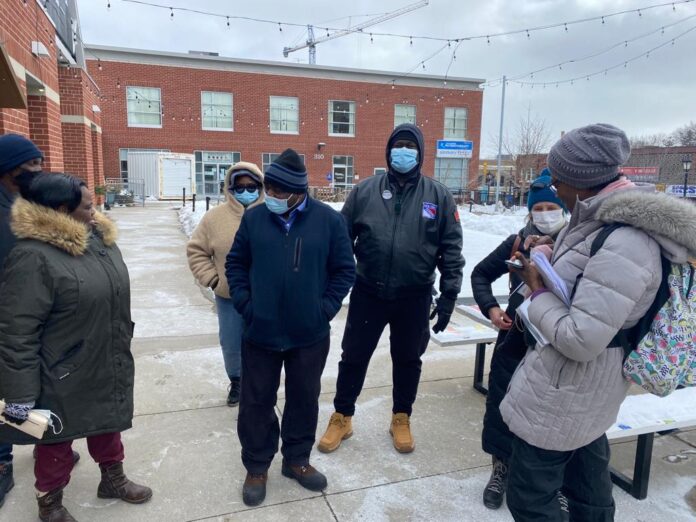The Stroll, a social development organization that researches developments around Kitchener runs a project of identifying objects or peoples of historical value, with the purpose of preserving them or stories about them for information and education of those that will later inherit the land. An African proverb says those that do not know where they are coming from may not know where they are going; the reason being that if pressing forward becomes impossible, at least you can go back to where you took off from; The Stroll is doing a great job of preserving stories of them that sand of time seemed to have covered up.
Recently, we went with their guides through Kitchener, Ontario in search of the footsteps of Black residents that had lived in the city more than a hundred years ago and were surprised to know that quite a several Black people lived and thrived in the area that is now considered the town center. It took hours to review the names of the streets and to link the names and buildings to persons. Some murals on the walls around Queen Street and their specific locations began to have meanings. It was like taking a DNA test that began to point in the direction of one’s ancestry.
The journey began with some acknowledgments of them that had gone ahead, beginning with the First peoples aboriginal to the land but was displaced either by deceit, purchase or frustrated to depart, followed by the recognition of the underprivileged blacks that erk out an existence after escaping slavery from the United States, as well as the appreciations to them of the majority that saw the value in others and supported the upward mobility and participation with full rights of black compatriots
Kitchener Ontario used to be called Berlin; the name change is a story of another day and that is why The Stroll calls their project “Black Presence in Berlin”, but black people occupied a part of Berlin called Queen’s Bush. An Epitaph in front of Log School House is erected by the City of Waterloo in recognition of one of the first schools in Kitchener, the brief History also captured the name of a black man that lived on that same property in the mid-nineteen century.
The brief History reads “The Log School House -1820- is Waterloo’s first school and one of the oldest remaining log schoolhouses in the Province of Ontario. Built in 1820, the school was originally located near the corner of King and Central Street on lands donated by Abraham Erb. By 1842, the school was too small to accommodate the number of school children, and the building was moved to an area between Waterloo and Berlin (Now Kitchener), called Greenbush where it became the residence of a former slave, Levi Caroll, and his family until 1891…”
Our trip around Kitchener town center led to the actual building and offices that used to be occupied by black businesses in the 19th century. The blacks of Kitchener made social progress; they were artisans, lawyers, musicians, and even ran for municipal offices. Great black trumpeters played in bars where they were not accepted as customers, but they put up with many of these and bore the burdens of a better life for those coming behind, to these we must show appreciation.
One lesson though, it is a good thing for black people to also build buildings and structures that can be left as landmarks for posterity. Physical things that tell their stories. The stroll help with lots of narrations to help us imagine what it was then, but how much better will it be to see preserved buildings, artifacts that can be touched in museums and spaces and rooms like those of the great men of other races that left marks in the sand of time. Monuments can be like a blast from the past that points to the future, it is important.

Comments are closed.